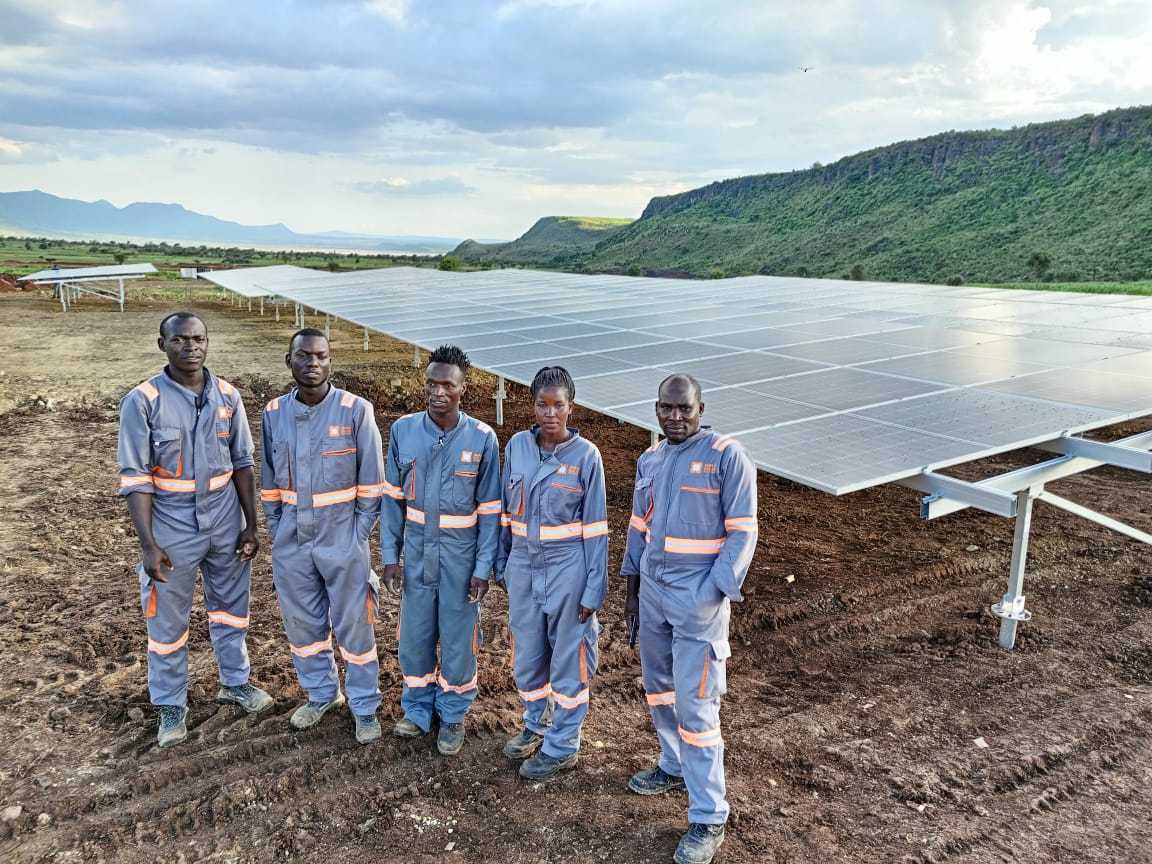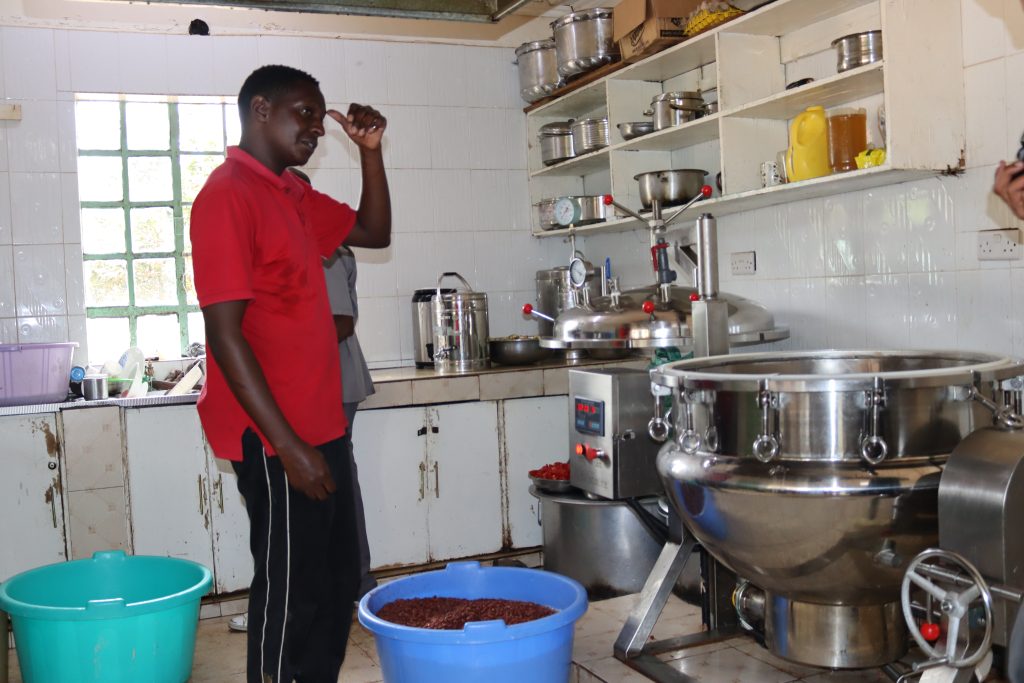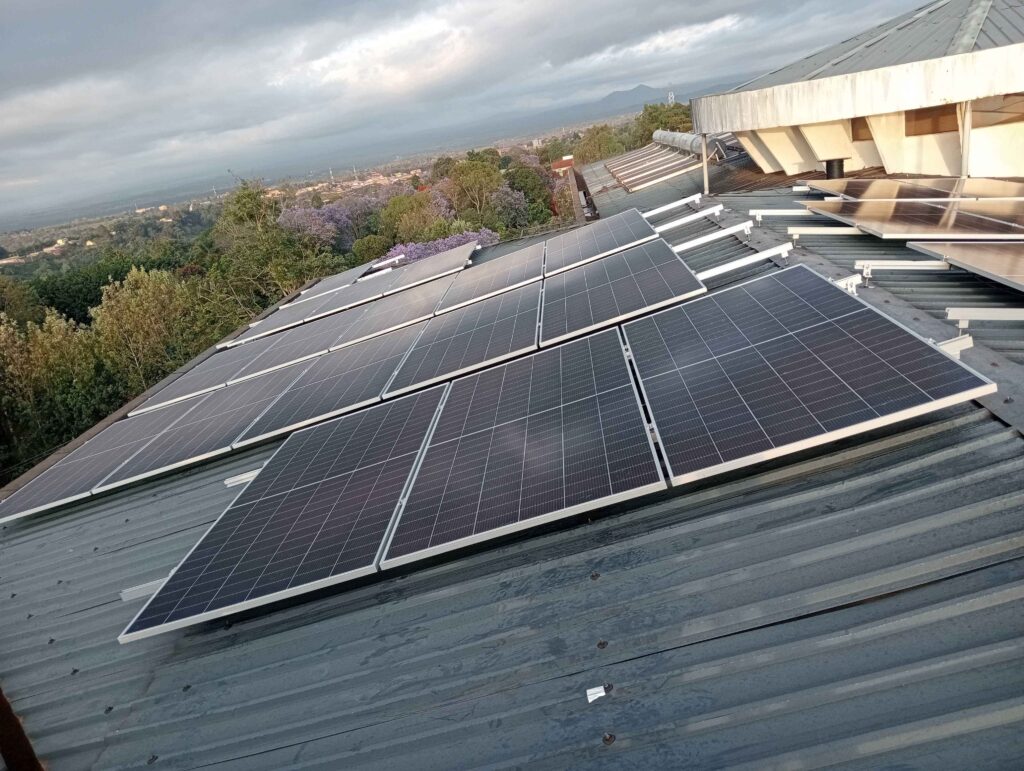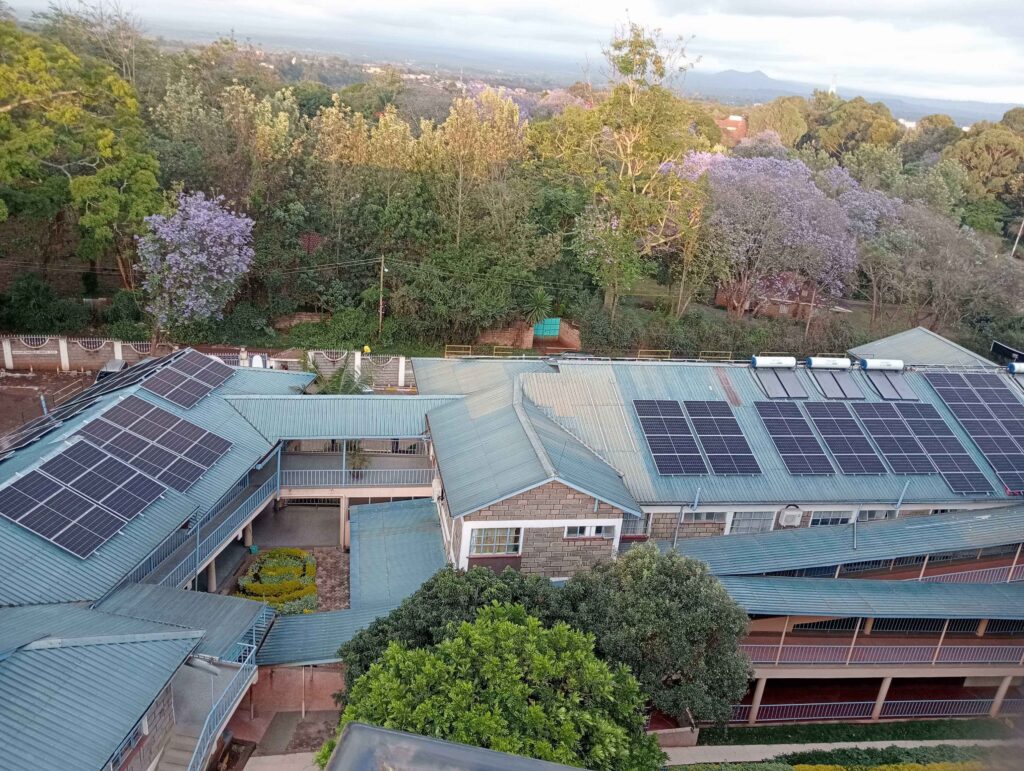Businesses worldwide have, for decades, struggled with rising energy costs, over-reliance on fossil fuels, and fluctuating electricity prices. In Kenya, where industries consume nearly half of the nation’s electricity, the unpredictability of grid tariffs and the volatility of global oil markets have pushed many companies to seek alternatives.
Solar energy is no longer just an environmental choice, it has become an economic necessity. As firms embrace sustainability without compromising profitability, solar power is emerging as the most viable solution. With businesses under increasing pressure to lower operational costs and reduce their carbon footprints, the transition to solar is both strategic and inevitable.
In the Kenyan context, evidence suggests compelling economic case for solar adoption, why progressive companies are leading the charge, and how this shift is shaping sustainability and long-term resilience.
Cutting Energy Costs with Solar
Kenya’s industrial sector is heavily energy-dependent, with commercial electricity rates increasing by approximately 58 per cent, from Ksh15.8 per kWh in January 2021 to Ksh25.1 per kWh in 2024. With electricity access rate of roughly 40%, energy costs in many African countries have surged by 40% over the last decade, forcing businesses to rethink their energy strategies. The impact has been severe, with high electricity bills eating into profits and limiting expansion. This is where solar power comes in.
Worldwide, reports have indicated that commercial buildings installing on-site solar photovoltaic (PV) systems can save from 25 to 35% in electricity bills. In the manufacturing sector for instance, a factory that operates solar panels during peak daylight hours can significantly reduce its reliance on grid power, cutting costs and improving productivity.
Moreover, unlike fossil fuels, solar energy has zero fuel costs and requires minimal maintenance. Once installed, a solar system provides decades of free electricity, making it a long-term financial win. Even businesses that cannot afford the high upfront costs can benefit from Power Purchase Agreements (PPAs) and leasing models, allowing them to access solar energy without significant capital investment.
Reducing Carbon Footprints
Kenya’s total CO2 emissions stand at 17.6 million metric tons annually. Over the past decade, Kenya’s CO2 emissions have increased from 7.82 million tonnes to 16.15 million tonnes, with businesses contributing significantly due to their reliance on fossil fuels. But beyond environmental concerns, carbon-heavy industries now face increased regulatory risks, as governments worldwide impose stricter emission caps.
Switching to solar is one of the most effective ways for companies to reduce their carbon footprint. A review by Grid Alternatives shows that A 1 MW solar plant prevents 31,500 tons of harmful CO2 emissions, equal to planting more than 741,100 trees or taking away 5,581 cars from the road for a whole year. The International Panel on Climate Change (IPCC) also estimates that compared to coal-generated electricity, solar energy generates around 20 times fewer lifecycle emissions. A commercial rooftop solar system can cut emissions by 40% to 70%, depending on usage patterns and grid dependence. A typical rooftop solar system may offset about 200,000 pounds of CO2 equivalent emissions over a 25-year period.
Kenya already sources up to 90% of its electricity from renewables like hydro and geothermal, positioning it ahead of most nations. However, commercial and industrial (C&I) businesses lag behind in adopting on-site renewable energy solutions. Companies investing in solar not only reduce operational costs but also shield themselves from future carbon taxes while aligning with Kenya’s ambitious goal of achieving a fully green grid by 2030.
Rationale to Embrace Solar
Major corporations globally are recognizing that their long-term success depends on energy independence. In fact, over 18 of the top 25 Fortune 500 companies have committed to transitioning to 100% renewable energy. The key drivers behind this shift include the ideas that Kenya’s national grid is prone to power outages, tariff hikes, and voltage fluctuations, disrupting business operations and causing financial losses. Installing on-site solar systems provides stability and ensures a consistent power supply during peak hours.
Besides, today’s consumers are more environmentally conscious, preferring brands that align with sustainable practices. Companies that switch to solar not only reduce operational costs but also enhance brand reputation and attract eco-conscious investors.
The Kenyan government and global financial institutions are also pushing for clean energy adoption through initiatives such as zero-rated import duties on solar equipment, tax incentives, and green financing programs. These incentives make solar adoption more financially attractive for businesses.
Commercial properties with solar installations command higher market value, making them more attractive to investors and buyers. Studies show that businesses powered by renewable energy experience stronger financial stability in the long run. Despite the overwhelming benefits, businesses face some challenges in transitioning to solar.
However, innovative solutions have emerged to address these barriers. While the price of solar technology has dropped by over 90% in the last decade, the initial capital investment remains a hurdle for some businesses. In many nations, solar energy has become the most affordable source of electricity over the past forty years. Miale Solar suggests that flexible financing models such as leasing, PPAs, and green loans can help resolve this barrier, as they allow businesses to go solar with little or no upfront investment.
The issue of energy storage limitations has also been widely cited. Solar power generation depends on sunlight, making energy storage a challenge. According to Miale Solar, advanced lithium-ion batteries and flow battery technologies offer viable solutions, as they store solar energy for use at night or during cloudy periods.
In addition, some businesses lack the technical know-how to manage and maintain solar installations. Partnering with experienced solar providers ensures smooth installation, regular maintenance, and real-time monitoring solutions help solve this issue.
Businesses Thriving on Solar in Kenya
Several companies in Kenya have already embraced solar and are witnessing transformative benefits. Prominent case studies include Miale Solar’s clean cooking initiative, which uses solar-powered pressure cookers to cut fuel costs by over 50% while significantly reducing emissions. For instance, a 1.23 MW solar plant in Naivasha, powering water and sanitation services, leading to reduced operational costs and grid dependency. Also, East Africa Spectre’s 93 kWp solar installation, which has slashed energy costs and enhanced sustainability for one of Africa’s largest gas cylinder manufacturers. These case studies prove that solar is no longer a farfetched concept; it is a relevant solution transforming Kenya’s energy landscape.
The Future of Solar for Businesses
Companies delaying solar adoption risk falling behind in an increasingly green-focused economy. The shift to solar is not a question of if, but when. Businesses that act now will benefit from long-term cost savings, regulatory compliance, and enhanced corporate reputation.
Kenya, with its abundant sunshine, supportive policies, and a growing clean energy sector, is well-positioned to lead Africa in commercial solar adoption. The businesses that embrace this transition will not only slash operational costs but also contribute to a cleaner and more sustainable future.
Breaking free from fossil fuels is no longer an idealistic goal; it is a financial necessity. Solar power is the key to corporate sustainability, energy independence, and long-term financial stability. By switching to solar today, Kenyan businesses are not just cutting costs—they are securing their future.












